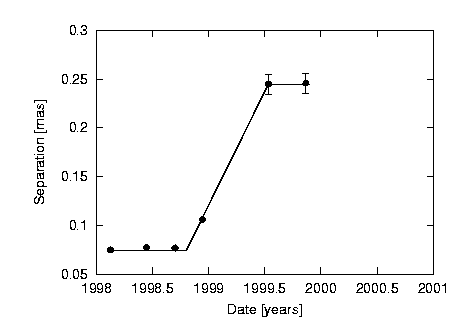

The effect was predicted before it was observed by Martin Rees and can be explained as an optical illusion caused by the object partly moving in the direction of the observer, when the speed calculations assume it does not. Although according to current theories matter is still required to travel subluminally with respect to the locally distorted spacetime region, apparent FTL is not excluded by general relativity.Īpparent superluminal motion is observed in many radio galaxies, blazars, quasars and recently also in microquasars. On the other hand, what some physicists refer to as "apparent" or "effective" FTL depends on the hypothesis that unusually distorted regions of spacetime might permit matter to reach distant locations in less time than light could in normal or undistorted spacetime. Under the special theory of relativity, a particle (that has rest mass) with subluminal velocity needs infinite energy to accelerate to the speed of light, although special relativity does not forbid the existence of particles that travel faster than light at all times ( tachyons).

Credit: TxAlien.įaster-than-light (also superluminal or FTL) communications and travel refer to the propagation of information or matter faster than the speed of light. After a tachyon has passed nearby, we would be able to see two images of it, appearing and departing in opposite directions. Because a tachyon always moves faster than light, we cannot see it approaching.


 0 kommentar(er)
0 kommentar(er)
